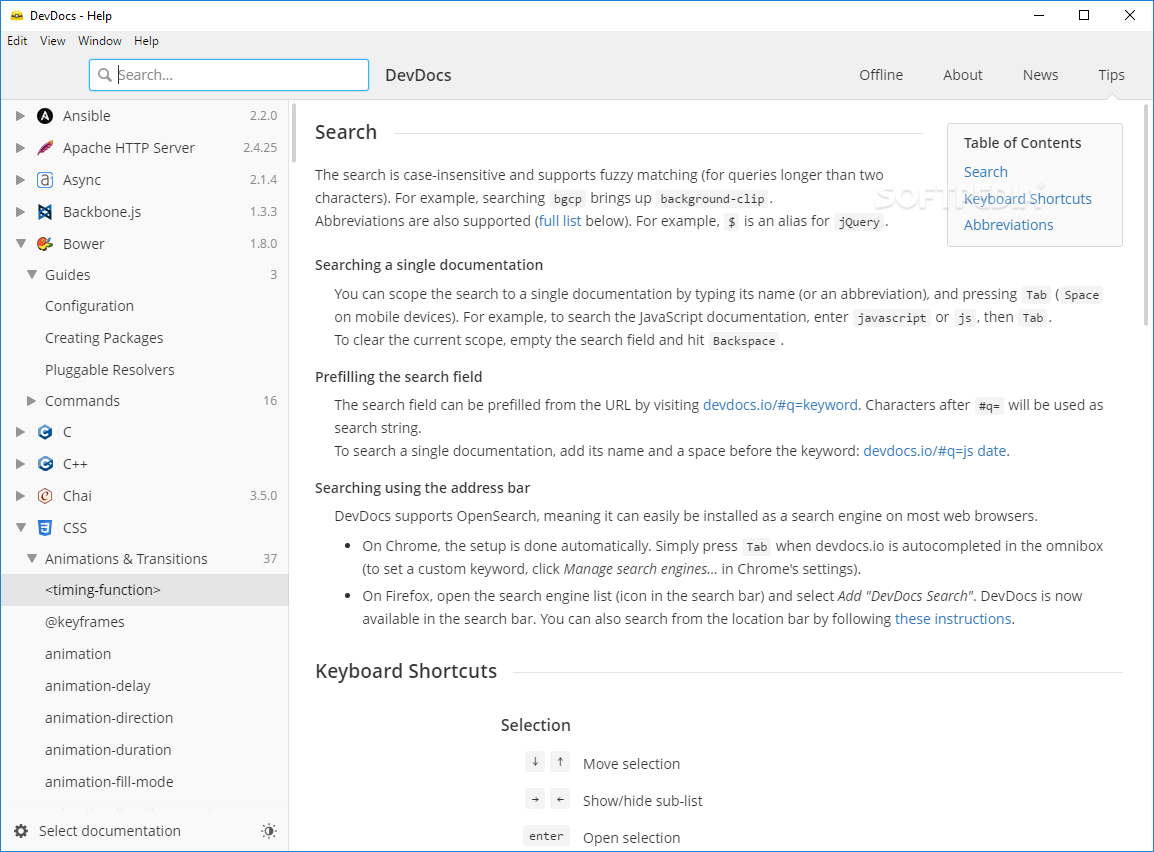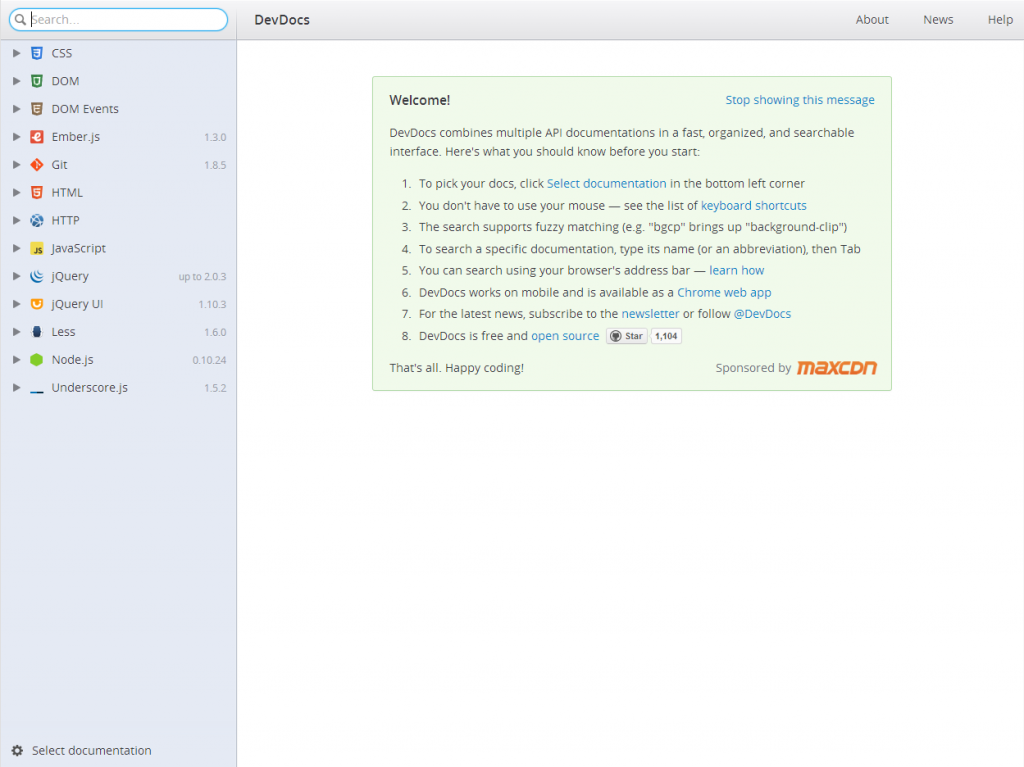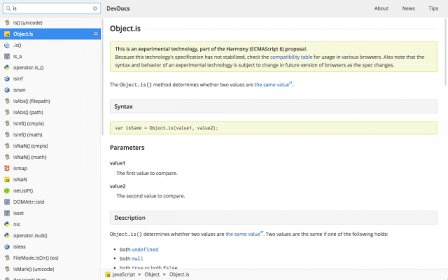

We highly recommend the following best practices and considerations for your deployment process:Įnsure that you are running the most current version of the ece-tools package-See Release notes for ECE-Tools.įollow the build and deploy process-Ensure that you have the correct code in each environment to avoid overwriting configurations when merging code between environments. For troubleshooting information, see the Deployment error reference. However, you can view logs for every phase of the deployment in any environment using the build and deploy logs. This feature is available only for Production and Staging environments. In Integration environments, you cannot view the deploy logs from the Project Web Interface. However, you can still follow activity in the interface for the external repository and the Project Web Interface. If you are using external GitHub repositories, the log of operations does not display in the GitHub session.

You can track build and deploy actions in real time using the terminal or the Project Web Interface Status messages- in-progress, pending, success, or failed-display during the deployment process.

You can merge to the Staging and Production environments using the Project Web Interface or using SSH and magento-cloud CLI commands.

You must merge your code to the integration branch before you can merge to the Staging environment and then the Production environment.
Devdocs review full#
Pro plans-For the Integration environment, every active branch builds and deploys to a full environment for access and testing. You have full access to all branches through the Project Web Interface and the CLI commands. To launch your site, push staging to master to deploy to the Production environment. Fully test your code after merging to the staging branch. Starter plans-For the Integration environment, every active branch builds and deploys to a full environment for access and testing. The build and deploy process is slightly different for each plan:
Devdocs review install#
These scripts use the environment configuration files and application code to prepare data and configurations to provision cloud infrastructure and services, and to install or update the Adobe Commerce application and third-party and custom extensions in the cloud environment. If you need to return an add-on, do not go to the developer or the developer's site, but rather visit our returns page at to initiate your return.Build and deploy scripts activate when you merge code to a remote environment. Returns: devot:ee has a 30-day return policy on all commercial add-ons sold through.
Devdocs review free#
devot:ee is not responsible if you hose, mangle, wreck, or otherwise destroy your EE website by installing an add-on that you found out about at this site, regardless of its rating, Favorites status, commercial or free status, or general popularity. This entry was last updated November 2, 2011, 4:12 am.ĭisclaimer: Information about ExpressionEngine add-ons is provided as a service to you, the user, and every member of the ExpressionEngine community. This entry was created November 2, 2011, 9:08 am. If the documentation ever gets updated, the cache is automagicaly cleared and the docs are updated in the database. The documentation is cached in the database to speed up page loads while reviewing the docs. You can learn more about our documentation practices in “our documentation article on EE Insider”.ĭev Docs will parse the Textile-formatted documentation file into a multi-page Control Panel experience. This file is in Textile formatting (like this readme file) and is meant to be the primary source of information to get “up to speed” on the project. At Focus Lab we have a file in each project’s repository root that is meant only for developers.


 0 kommentar(er)
0 kommentar(er)
